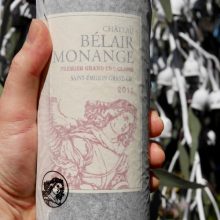
Product information
Château Bélair-Monange, Grand Cru Classé 2015
Bordeaux Blend from Saint-Émilion, Right Bank, Bordeaux, France
$318
Description
Château Bélair-Monange combines the terroirs of the most privileged sites of Saint-Émilion. The limestone from the central plateau parcels offers freshness, minerality, and delicate, lingering aromatics, while the dense, blue clay of the slopes provides intensity, length, and a unique elegance to the wine.
The blend is 88% Merlot and 12% Cabernet Franc.
Out of stock

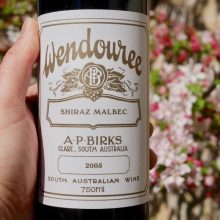
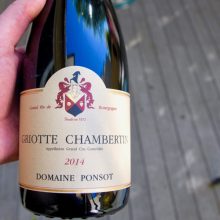
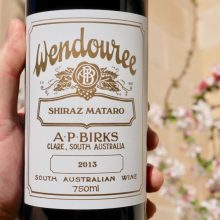
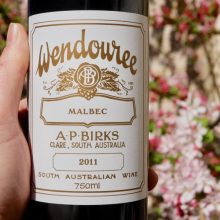
You must be logged in to post a comment.